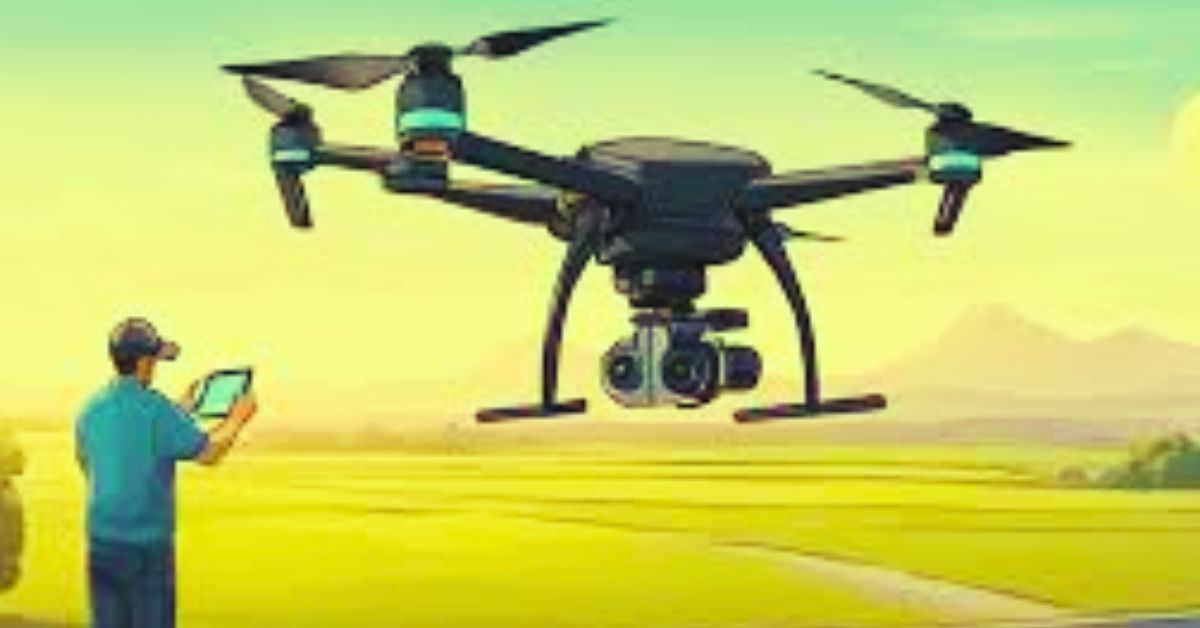Drones, or unmanned aerial vehicles (UAVs), have revolutionized the way we capture images, monitor landscapes, and perform various tasks. Whether for recreation, commercial use, or industrial applications, drones are becoming an integral part of modern life. However, with the growing popularity of drones, understanding and adhering to drone regulations is essential to ensure both safety and legality. This article will explore the importance of drone regulations and provide an overview of the key rules for safe flying.
Why Drone Regulations Matter
Drone regulations are in place to address several key concerns:
- Safety: Drones can pose a danger to both manned aircraft and people on the ground if not operated correctly.
- Privacy: With the ability to fly high and capture images from various perspectives, drones have raised concerns about privacy violations.
- Airspace Management: Without proper rules, drones could interfere with air traffic, especially in busy airspace zones around airports.
- Environmental Protection: Certain areas, such as national parks or wildlife reserves, may be off-limits to drones to protect natural resources.
Drone regulations help mitigate these risks and promote responsible drone use, ensuring that the benefits of UAV technology are maximized while minimizing potential harm.
Key Drone Regulations You Should Know
While drone laws may vary from country to country, there are several general rules that most regions share. Below are the key regulations to keep in mind before flying your drone.
1. Registration Requirements
In many countries, including the United States, drones above a certain weight (typically 0.55 pounds or 250 grams) must be registered with the relevant aviation authority. This helps authorities track drone usage and ensures that operators are aware of the safety guidelines and rules. Make sure you register your drone before taking it to the skies.
2. Flying Altitudes and Restricted Areas
The Federal Aviation Administration (FAA) in the U.S. and other similar organizations worldwide set limits on how high drones can fly. Typically, the maximum allowable altitude is 400 feet (120 meters) above ground level. Flying above this height can put your drone in the path of manned aircraft, which could result in a dangerous situation.
In addition, drones are prohibited from flying in restricted airspaces, such as near airports, military zones, and certain government buildings. Before flying, it’s important to check for any Temporary Flight Restrictions (TFRs) or no-fly zones in your area. There are several apps and websites that can help you identify safe flying areas.
3. Line-of-Sight Rules
Most drone regulations require that operators keep their drone within their visual line of sight at all times. This ensures that the pilot can see the drone and respond quickly to any potential hazards, whether it be another aircraft, a power line, or a person on the ground. If you wish to fly beyond your line of sight, you may need a special waiver or permit.
4. Avoiding People and Property
To ensure safety, many regulations prohibit flying drones directly over people, moving vehicles, or private property without permission. This rule helps prevent accidents in the event of a drone malfunction or crash. Some jurisdictions also have strict privacy laws that prevent drones from hovering over private property without the owner’s consent.
5. Night Flying and Weather Conditions
Many countries prohibit flying drones at night unless the operator has a special certification or equipment, such as lights, to maintain visual awareness of the drone. Additionally, pilots should avoid flying drones in inclement weather conditions, such as heavy rain or strong winds, which can affect the drone’s stability and control.
6. Commercial Drone Use
Flying drones for commercial purposes, such as for aerial photography, inspections, or deliveries, often requires additional certifications. In the U.S., for instance, commercial drone operators must obtain a Part 107 certification from the FAA, which includes passing a knowledge test and adhering to stricter operational guidelines. Other countries may have similar requirements for commercial drone operators.
How to Stay Compliant with Drone Regulations
Staying compliant with drone regulations is crucial to ensure safe, legal flying. Here are some tips to help you stay on track:
- Know the Rules: Familiarize yourself with local, state, and national drone regulations. Regulatory bodies like the FAA (U.S.), EASA (Europe), and CASA (Australia) provide helpful online resources.
- Fly Responsibly: Follow all safety guidelines, including keeping your drone within visual line of sight, avoiding flying over crowds, and respecting no-fly zones.
- Use Technology: Utilize apps like DJI’s Geo Zone or Airmap to track airspace restrictions and plan your flights accordingly.
- Stay Informed: Regulations may evolve over time, so it’s important to stay updated on any changes to the law that could impact your drone flying experience.
- Invest in Training: Whether you are flying a drone recreationally or commercially, consider taking a course to ensure you understand the rules and best practices.
The Future of Drone Regulations
As drone technology advances, regulations will continue to evolve. New innovations like autonomous drones, drone delivery services, and air taxis may require new rules to ensure safe integration into existing airspace. Additionally, as more people use drones for various purposes, governments will likely introduce more regulations to keep pace with this rapid growth.
Conclusion
Understanding drone regulations is essential for any drone pilot, whether you’re flying for fun or business. By following the rules and staying informed, you can ensure that you are operating your drone safely and legally, while also helping to build a positive relationship between drone operators and the communities they fly in. Always remember that drone regulations are there not just to protect you, but also to ensure the safety of those around you. Happy flying!
